Blair Enns doesn’t say outright what business he is thinking about when he speaks of “creatives”, but it appears that he is addressing people involved in creating websites, marketing campaigns, advertising, branding and the like.
In Enn’s world the norm is for people to pitch their ideas to the potential client, normally in competition with others, all in the vain hope of somehow winning the work. That is crazy! As he rightly says, you should never give your ideas away for free. After all, it is those ideas that are your value. Hence the title of the book.
He views the sales relationship as something of a power struggle. If we allow ourselves to be defined and to compete on price, then we are giving up our power. In that situation everybody loses, even the client. The fundamental goal of the book is to extricate ourselves from this trap.
Standing out from the crowd (in a good way) is the foundation and takes careful planning and courage. Most tend to try to stand out in the same way as everyone else, but all that does is move the group. Enns claims that standing out can only be done through displaying specialist expertise. That may be simplistic and somewhat dependent on market size. New Zealand is a much smaller market than some, so overspecialisation here is likely to be counterproductive.
Enns offers valuable and sometimes counterintuitive ideas on the sales process, including such areas as what can induce buyer resistance and learning to identify the steps in the buying process. He suggests that we always insist on asking for a deposit before starting work, which is, at the very least, a concrete commitment to the project. Although that makes perfect sense for a contractor whose first step is to order materials, I’m not sure whether it would work for consultants. Perhaps this is something to discuss.
He proposes a two-step process for delivering a project. Step one is to diagnose the issue and propose a solution. Only at this point does the scope, and therefore also the appropriate fee, become clear. Step two is to deliver the agreed solution. The obvious downsides of offering a single price from the start are either that the fee does not match the ideal solution or that the same solution is always presented, no matter how suitable it is.
The building industry is a very unique environment and differs in many ways from the one Enns is from. In engineering, the value tends to be more in the delivery of the idea than the idea itself. Although some of his thoughts don’t quite translate to our industry, others can be adapted, and there are still plenty of gems to be found.
